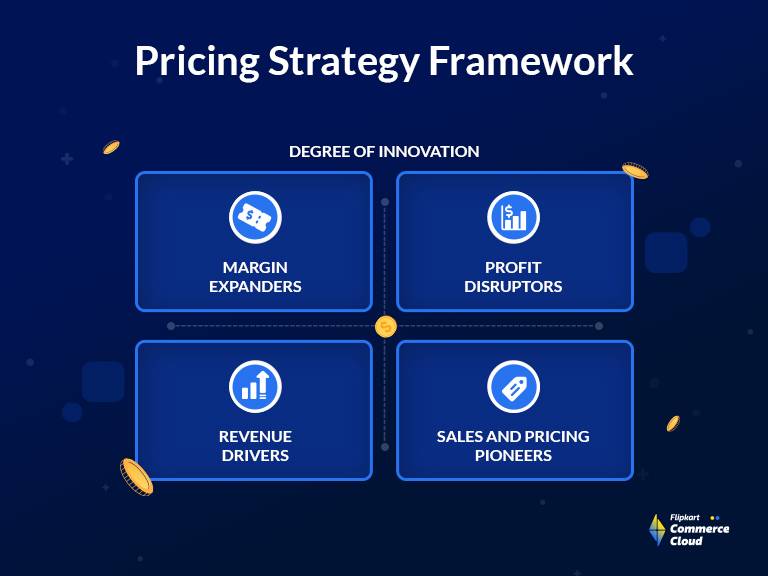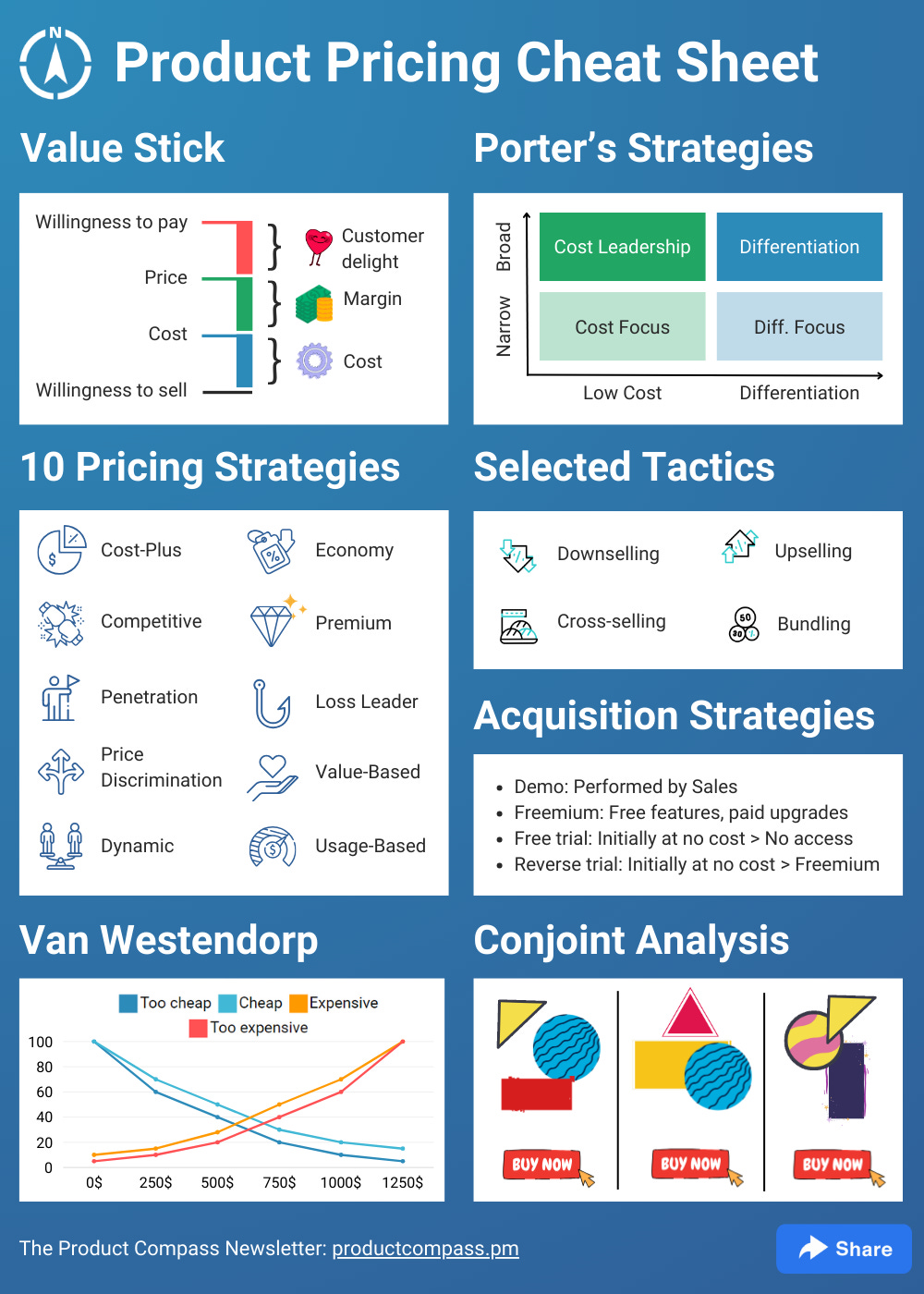Innovative Pricing Strategy Strategies for Today's Digital Economic situation
Innovative Pricing Strategy Strategies for Today's Digital Economic situation
Blog Article

Master Effective Rates Approaches to Make Best Use Of Revenue
In the ever-evolving landscape of commerce, mastering effective pricing techniques is important for businesses aiming to make best use of profit. A nuanced understanding of prices psychology can substantially influence client actions and acquiring decisions.
Recognizing Pricing Psychology
Recognizing pricing psychology is critical for organizations aiming to optimize their rates approaches. This area checks out how customers perceive costs and how these perceptions affect their purchasing decisions. Trick ideas in pricing psychology consist of the anchoring impact, where the first cost provided works as a referral point for customers, and the idea of price sensitivity, which varies among different consumer segments.
In addition, services can utilize the concept of perceived value, where the regarded benefits of a product or solution can validate a greater cost factor. For example, premium prices can produce a mood of exclusivity, bring in customers who connect higher prices with premium high quality. On the other hand, psychological pricing, such as setting a rate at $9.99 rather than $10, can substantially impact customer habits by making costs appear extra attractive.
Additionally, deficiency and urgency can enhance the viewed worth of products, motivating quicker purchasing choices. Understanding these mental triggers makes it possible for organizations to formulate prices methods that not only drive sales yet likewise foster customer loyalty. Hence, mastering prices psychology is necessary for reliable prices method formulation, resulting in boosted profitability and market positioning.
Carrying Out Value-Based Rates

First, conduct complete market research study to identify the value vehicle drivers for your target market. This can include features, high quality, brand name track record, and client service. Next, sector your clients based on their desire to pay and the value they regard. By doing so, you can customize offerings and rates methods to straighten with different sections.
After gathering insights, set rates that mirror the optimum amount a client is prepared to pay, making sure that they perceive a reasonable exchange for the worth obtained. Communicate the worth proposal efficiently, highlighting the advantages and differentiators of your offering. Lastly, continually check market problems and consumer feedback to fine-tune your rates approach in time - Pricing Strategy. By implementing value-based rates, companies can boost productivity while fostering long-term client commitment.
Exploring Dynamic Prices Designs
In today's rapidly transforming market landscape, vibrant rates designs have actually become an effective method for businesses seeking to maximize earnings and reply to changes sought after. These versions allow firms to readjust their rates in real-time based on various variables such as client actions, market patterns, and stock degrees. By leveraging information analytics and formulas, companies can recognize ideal prices points that maximize sales while continuing to be competitive.
Dynamic pricing can take different types, including time-based prices, where rates vary based upon time of day or period, and demand-based rates, which readjusts costs according to present consumer demand. This flexibility not only improves profitability however likewise improves customer contentment by offering prices that show real-time market conditions.
Executing resource dynamic rates requires a robust technical facilities and a deep understanding of customer segments. Clear interaction about rates modifications can assist alleviate consumer discontentment and foster depend on, inevitably leading to sustained productivity in a competitive industry.
Analyzing Rival Rates
Checking competitor pricing is essential for organizations aiming to keep an one-upmanship in their respective markets. By evaluating rivals' pricing strategies, business can determine market patterns, understand consumer preferences, and change their prices appropriately. This evaluation includes gathering data on rivals' costs, advertising approaches, and item offerings to inform rates choices.
To efficiently assess rival pricing, services should utilize numerous tools and techniques, such as rate monitoring software program, market research reports, and customer comments. This data can reveal just how rivals place their products and services, allowing organizations to distinguish their offerings or embrace comparable techniques to continue to be appropriate.
In addition, it is crucial to classify competitors right into indirect and direct competitors. Direct rivals offer similar service or products, while indirect rivals might accomplish the exact same client demand with various solutions. Recognizing the nuances between these groups will certainly allow businesses to customize their pricing approaches better.
Eventually, continuous competitor pricing analysis is vital for making informed pricing choices. It enables businesses to stay dexterous in action to market changes, ensuring they can confiscate possibilities and alleviate threats related to rates techniques.
Assessing Pricing Efficiency
Recognizing how competitor pricing affects market characteristics causes an all-natural concentrate on examining pricing efficiency within one's own business. This analysis is crucial for recognizing areas of toughness and possibilities for improvement, inevitably improving productivity.

Additionally, performing regular rates audits can expose discrepancies in between anticipated and real performance. This entails contrasting pricing information throughout different segments and networks to understand variances and determine patterns. Moreover, incorporating client responses can supply insights into viewed worth versus real sites prices, guaranteeing positioning with market expectations.
Finally, leveraging information analytics devices can assist in much deeper understandings into prices efficiency, allowing services to make data-driven adjustments (Pricing Strategy). By continuously reviewing rates performance, companies can adapt to market modifications and optimize their techniques, making certain sustained profitability in a competitive landscape
Conclusion
Effective rates approaches are important for taking full advantage of earnings in an open market. By leveraging prices psychology, organizations can improve viewed value and tailor prices to diverse consumer sections. The adoption of value-based and vibrant prices versions helps with real-time changes based on demand and consumer readiness to pay. Furthermore, continuous analysis of rival prices and efficiency metrics guarantees calculated dexterity. Ultimately, a thorough technique to rates not just drives productivity however likewise cultivates consumer satisfaction and commitment.
Comprehending rates psychology is essential for services intending to optimize their prices strategies. Comprehending these psychological triggers enables companies to create rates approaches that not only drive sales however likewise foster customer loyalty. Thus, mastering rates psychology is vital for reliable pricing technique formula, leading to boosted success and market positioning.
By evaluating rivals' prices methods, business can recognize market fads, understand customer preferences, and readjust their rates accordingly. By leveraging read pricing psychology, services can enhance perceived value and dressmaker rates to varied customer segments.
Report this page